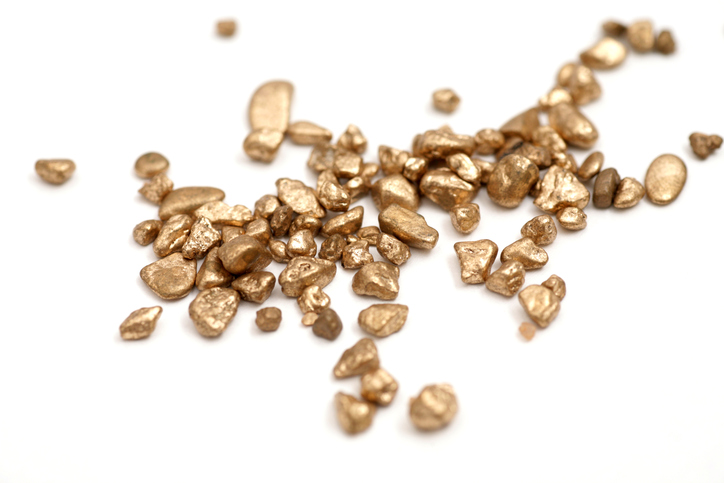
Their findings, published in the journal Chemical Geology, showed that five 'episodes' of gold biogeochemical cycling had occurred on each gold grain. Research from the University of Adelaide has found that certain 'nugget producing' bacteria could be the key to developing more efficient methods of processing of gold ore. The precious metal can be dissolved, dispersed and reconcentrated into nuggets through a process called the biogeochemical cycle of gold. Dr Shuster said understanding this biogeochemical cycle could assist mineral exploration through the development of innovative processing techniques or locating undiscovered gold deposits. The university has been investigating the role of microorganisms in gold transformation for more than 10 years.
Bacteria with Midas touch could be boost for gold exploration and processing
"Understanding this gold biogeochemical cycle could help mineral exploration by finding undiscovered gold deposits or developing innovative processing techniques," said Dr Shuster. The researchers showed that five "episodes" of gold biogeochemical cycling had occurred on each gold grain. "In the Earth's surface, gold can be dissolved, dispersed and reconcentrated into nuggets," Professor Southam said. "On the way bacteria can dissolve and re-concentrate gold; a process which removes most of the silver and forms gold nuggets. "This epic 'journey' is called the biogeochemical cycle of gold.collected by :Lucy William
No comments:
Post a Comment